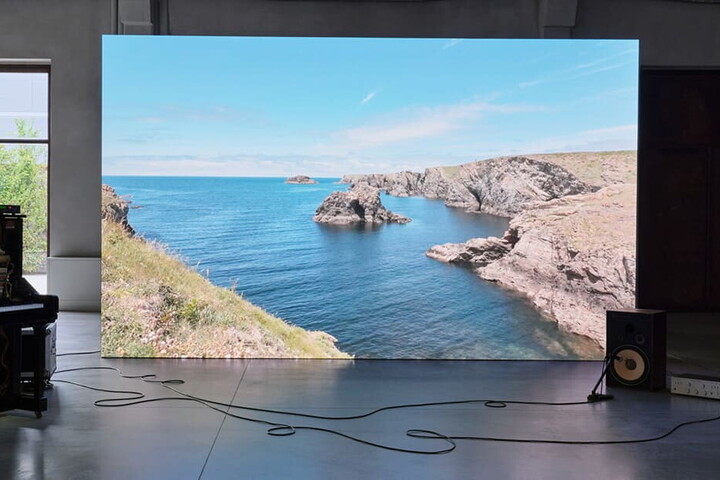Selfies, landscapes, urban views, the food we are about to eat: we upload nearly two billion photos onto the web every day, or, to be precise, 657 billion images per year (this estimate was released by Internet Trends, and is probably on the low side). In the age of smartphones, two and a half billion people around the world have the equivalent of a camera in hand, at all times. The result is that every minute we take more photos than all of those taken in the 150 years prior to the digital age. In the era of Instagram, everything is immortalized: the web and social networks are a huge repository of human life, and are constantly growing exponentially.
The art of photography – whose history officially began in the nineteenth century, though it only started to spread on a large scale during the twentieth century – is experiencing unprecedented, explosive growth. The omnipresence of images has brought about an aesthetic revolution made possible by technology, and yet, without even being able to imagine the existence of the smartphone, two great thinkers of the twentieth century, were already able to predict future developments. In 1973 Sontag, the famous American intellectual, published the essay On Photography in which she wrote: "Taking pictures is how one stores the world, it represents the desire to own it". Close on her heels, in 1980 the renowned French philosopher, Roland Barthes, published his essay titled Camera Lucida, which is still recognized as the ‘bible' of the interpretation of photographic images, with its illuminating definitions of punctum and studium.

But how did this form of writing with light (from the greek φῶς, φωτός, light, and γραφία, to write), this trap for reality – without which today our daily life and even the way we relate to others would be completely different – come into being? Considering that the earliest experiments date back to the time of Aristotle and Leonardo Da Vinci, it is difficult to establish the early history of photography with precision, but there is no doubt that the credit [for the invention of modern photography] goes to the French. In 1830, Louis Mande Daguerre invented the daguerreotype, while two of his contemporaries and compatriots, Antoine Hercules Romuald Florence and Hippolyte Bayard – considered by some to be the true inventors of photography – were the first to be called "photographers".
However, it would only be in the first decades of the twentieth century that photography found its commercial applications, and came within reach of the general population. Its most common use consisted in portraits, of course still in black and white, although these photographic portraits remained a privilege for the elite or a luxury for the middle class, who could afford them on very rare occasions. "In those years, being photographed was not an ordinary event, for many people it was something that happened only once in a lifetime", underlines the critic Jonathan Jones, [a statement which rings in contrast] if one thinks of just how many portraits and self-portraits accompany our lives today.
Indeed, if today we can take a myriad selfies with any cellphone, it is only thanks to a process that started in the nineteen-thirties and continued into the nineteen-fifties, when the first camera with automatic exposure was invented and new kinds of film began to improve the image quality and ease of use of cameras, which also (and perhaps most importantly) started to evolve into more portable sizes (which date back to that distant period of some famous SLR models).

Nevertheless, it was only thanks to the diffusion of the snapshots during the Seventies that photography became a real mass phenomenon, and it is no coincidence that Sontag and Barthes would write in those years. Indeed, the words of Sontag seem to anticipate the impulses that would generate the immense archives of images that form today's social media channels, from Instagram to Facebook: "The greatest consequence of photography it is that it gives us the feeling of being able to store the whole world in our minds, as an anthology of images. Collecting photographs is to collect the world". In Camera Lucida, Barthes writes: photographic works are "the absolute detail," because "what photography reproduces to infinity has occurred only once: it mechanically repeats what can never be repeated existentially”.

Digital photography – which started to spread in the early decades of the new millennium with ultra-compact cameras that promptly transformed into smartphones – has brought about enormous changes [in the development of photography]. Although their popularity has been revived by fashion photographers in recent times, the use of film and prints has largely been archived by the public. In contrast, digital images are multiplying in an order of magnitude that was unthinkable in the era of analog photography. Taken with just a click, uploaded to the web and shared instantly, the substance of photographic images becomes more intangible and abstract than ever, and increasingly hypnotic and pervasive. Today more than ever, photography signifies "reproducing to infinity" (Barthes) in the desperate, yet irresistible attempt to "collect the world", in the words of Sontag.




